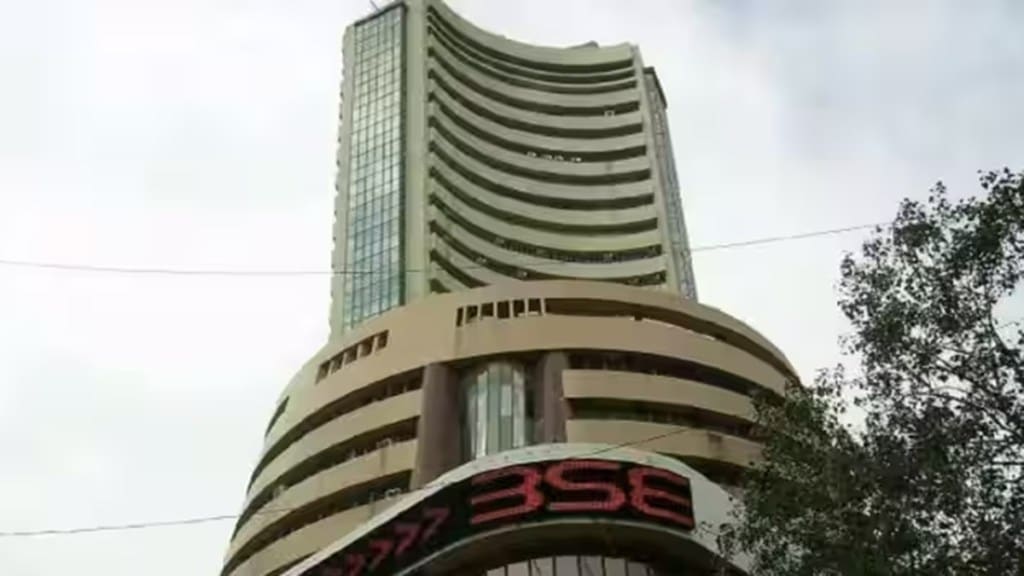The recent four-day meltdown notwithstanding, Indian markets continue to be one of the most expensive in the world, with the Nifty-50 trading at a trailing 12-month (TTM) price-to-earnings (P/E) multiple of 22.22 as of October 23 – the fourth highest in the world. The good news: It is still cheaper than the 5-year or 10-year average of the index, or the even 1-year average.
In fact, even the 1-year average of 22.72 is continues to below the 5-year and 10-year average P/E of 24.67 and 22.85, respectively, according to Bloomberg data.
Currently, only the Nasdaq (US) at 36.45, NZX 50 (New Zealand) at 26.26, and Nikkei 225 (Japan) at 24.67 are more expensive.
Market watchers, as a result, aren’t too worried. S Naren, CIO of ICICI Prudential AMC, said the markets are not cheap, but is also not bearish on India. He calls India a ‘structural story’ vis-à-vis other markets, adding that economic growth and corporate earnings in the country have been better than most global peers.
Risks are hard to spot, said Naren, which is why the best solution for investors to manage risk is asset allocation.
A recent report by Motilal Oswal Financial Services said the Nifty-50 was trading at a 12-month forward P/E of 18.6x (as of September-end), at a 7% discount to its own long-period average (LPA). The upside from here, it said, would be a function of stability in global and local macros, as well as continued earnings delivery vis-à-vis expectations.
It pointed out that the indices hitting an all-time high in September was driven by a favourable blend of healthy macro and micro conditions, moderated inflation, falling commodity prices, peaking global interest rates, and six consecutive months of inflows from foreign institutional investors with strong retail participation.
On 15 September 2023, when the benchmark indices hit their all-time highs, the Nifty’s P/E was 23.26, while that of the Sensex was 23.71.
“It is too early to speak about the months ahead, but the fact is that valuations in India have corrected today from what they were a few months back, and this was due sooner or later,” said Nilesh Shah, MD and CEO of Kotak Mutual Fund.
He pointed out that earnings in the first half usually come out well, and in Q2 they were more in line with expectations. He said there is no story like India nowadays, which is why even foreign investors won’t stay away and will eventually come back despite the sell-off in September.
While MOFS remains overweight on financials, consumption, and automobiles, it is underweight on metals, energy and utilities. On IT, healthcare, and telecom, it remains neutral.
Sectorally, the BSE Consumer Durables and Realty indices have the highest valuations, with P/E ratios of over 71, while FMCG, Capital Goods, Auto, and Industrials have a P/E of over 40. Energy, Metals, and Consumer Discretionary are valued the lowest.

